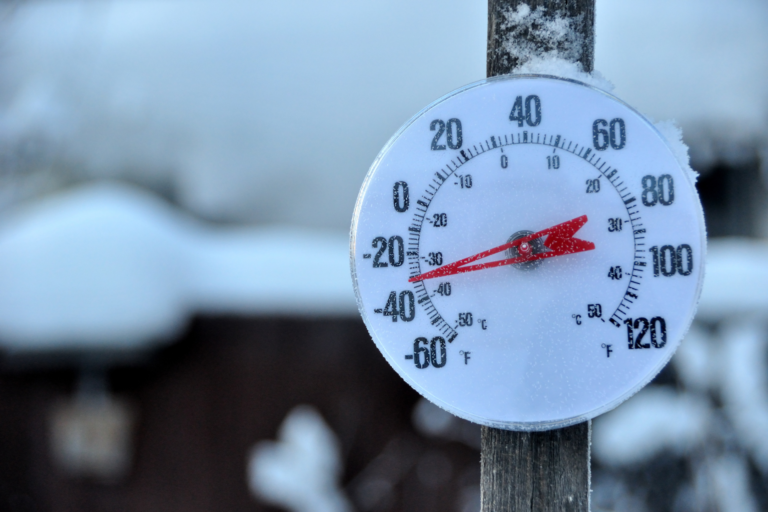Transform Your Basement – A Modern Approach to Remodeling
Custom Link Color Request a Quote / 717-650-1472 / Client Login October 17, 2024When you think about your basement, what
January 8, 2021

Cold weather and environments pose many hazards to employees who work in these conditions. A cold environment forces the body to work harder to maintain its temperature. An environment that is considered “cold” depends on the region of the country and the individual. Each unique situation needs to be analyzed and addressed individually to keep employees safe.
Cold Stress Health Hazards: (source: www.cdc.gov)
Frostbite is an injury to the body that is caused by freezing. Frostbite causes a loss of feeling and color in the affected areas. It most often affects the nose, ears, cheeks, chin, fingers, or toes. Frostbite can lead to permanent damage or amputation of the affected areas. First aid for frostbite: Get the victim into a warm area immediately. Do not walk on frostbitten toes or feet. This will cause more damage. Use warm water to warm the affected areas up. Hot water can burn the affected area.
Trench foot also known as immersion foot, is an injury of the feet resulting from prolonged exposure to wet and cold conditions. Trench foot can occur at temperatures as high as 60 degrees F if the feet are constantly wet. Wet feet lose heat 25 times faster than dry feet. To prevent heat loss, the body constricts blood vessels to shut down circulation in the feet. Skin tissue begins to die because of lack of oxygen and nutrients and due to the buildup of toxic products. First aid for trench foot: Remove any wet socks or boots. Dry feet and do not walk on them as this can cause more damage if already affected.
Hypothermia– When exposed to cold temperatures, your body begins to lose heat faster than it can be produced. Prolonged exposure to cold will eventually use up your body’s stored energy. The result is hypothermia, or abnormally low body temperature. A body temperature that is too low affects the brain, making the victim unable to think clearly or move well. First aid for hypothermia: Alert a supervisor and get medical help on the way. Move the victim into a warm area. Warm the center of their body first-chest, neck, head, and groin area-using an electric blanket, if available; or use skin-to-skin contact under loose, dry layers of blankets, clothing, towels, or sheets. If the victim is not breathing begin CPR until the paramedics arrive on scene.
Safe Work Practices for Cold Environments
Preventing Slips on Snow and Ice
To prevent slips, trips, and falls, employers should clear snow and ice from walking surfaces, and spread deicer, as quickly as possible after a winter storm. When walking on snow or ice is unavoidable workers should be trained to:
Preventing Falls When Removing Snow from Rooftops and Other Elevated Surfaces
OSHA’s Hazard Alert, Snow Removal: Know the Hazards Pamplet, and winter weather webpages provide guidance to employers on how to prevent serious injuries and fatalities. Employers should consider options to avoid working on roofs or elevated heights, plan ahead for safe snow removal and must:
Sources: https://www.safetytalkideas.com/safetytalks/cold-stress/
https://www.osha.gov/winter-weather
Custom Link Color Request a Quote / 717-650-1472 / Client Login October 17, 2024When you think about your basement, what
Custom Link Color Request a Quote / 717-650-1472 / Client Login September 17, 2024 Maximizing the Potential of Your New
Custom Link Color Request a Quote / 717-650-1472 / Client Login September 10, 2024 Imagine the satisfaction of walking through
Custom Link Color Request a Quote / 717-650-1472 / Client Login September 10, 2024 Budgeting for Your Second Story Addition
Custom Link Color Request a Quote / 717-650-1472 / Client Login August 16, 2024 In the construction industry, planning and